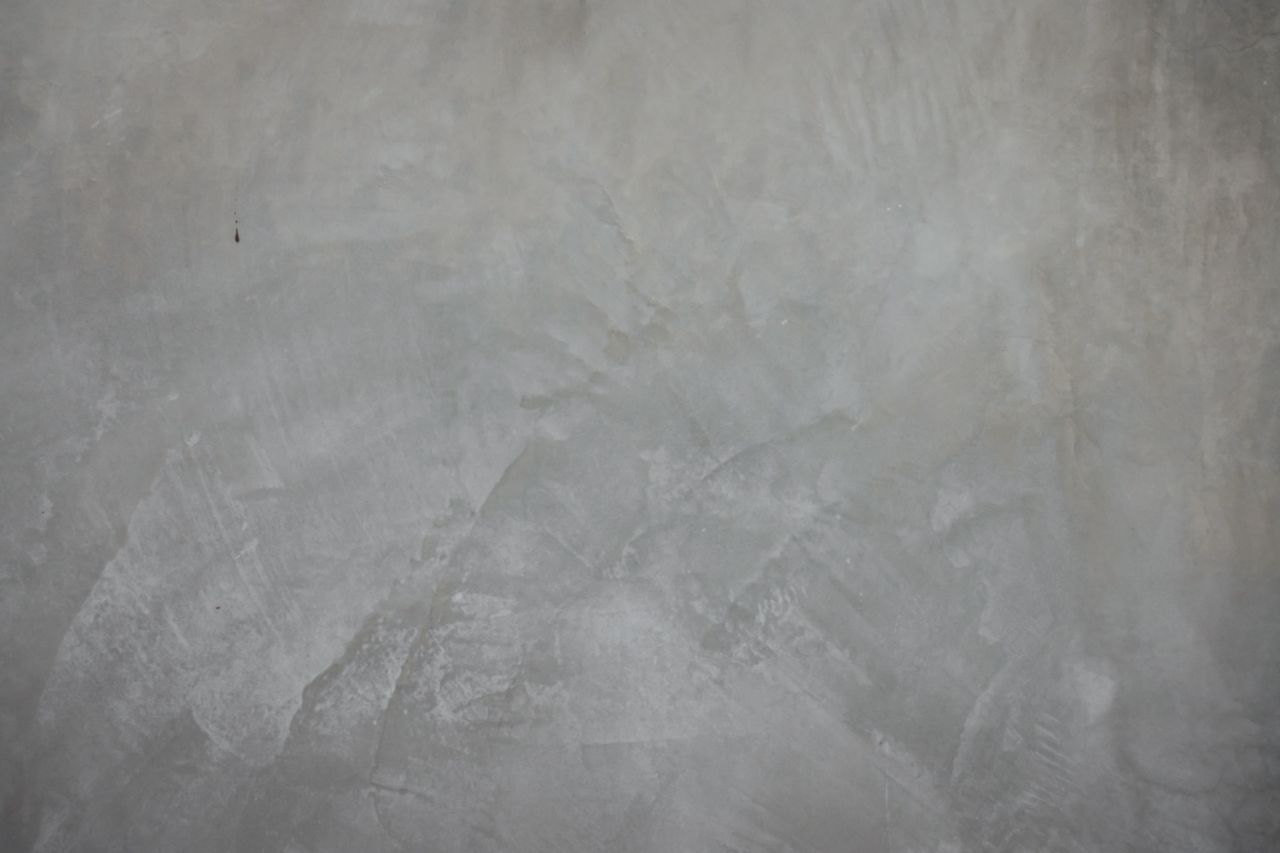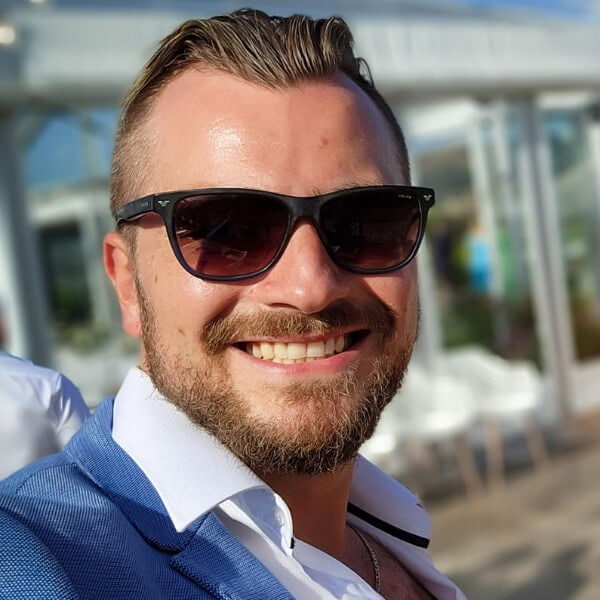Plastering a room or a ceiling is a common renovation process, but knowing how long it takes for plaster to dry is essential before moving on to painting or wallpapering.
Let’s look at the factors that affect plaster drying time, how to speed up the process, and how to know when your plaster is ready.
Let’s get straight to the point.
Plaster drying times vary based on type, environmental conditions, and application method. Proper drying is important to prevent damage and moisture issues and ensure a smooth finish.
Typically, gypsum plaster dries in 1-7 days, while cement and other undercoats may take up to 14 days. Key factors affecting drying include temperature, humidity, airflow, and plaster thickness.
To speed up drying, ensure good ventilation, use dehumidifiers, and apply thin layers. Always wait until the plaster is fully dry (usually a week or more) before painting or wallpapering to avoid issues like cracking or mould growth.
Why Do We Wait For Plaster To Dry?

It must dry properly before any finishing touches can be applied to the plaster. Here are the main reasons why waiting is essential:
- Prevents Damage: Wet plaster is more susceptible to marks or dents. Waiting for it to dry ensures that further work doesn’t damage the surface.
- Prevents Moisture Problems: Drying allows the plaster to release excess moisture, reducing the risk of cracks or mould growth.
- Ensures a Smooth Finish: Fully dried plaster makes detecting and fixing imperfections easier by sanding or smoothing.
- Improves Adhesion: Applying paint or wallpaper to wet plaster can lead to peeling or flaking as these materials won’t adhere properly to a damp surface.
Average Drying Times For Different Types Of Plaster
The drying time for plaster depends on its type, environmental conditions, and how it’s applied. Here’s a detailed breakdown with additional tips to ensure you get the best results.
1. Gypsum Plaster
Thin Coats: 24 to 48 hours
Thick Coats: Up to a week
Important Tips:
- Ensure good airflow to speed up drying.
- Avoid direct sunlight or heaters that can cause cracking.
Best Use: Ideal for indoor surfaces in well-ventilated spaces.
2. Cement Plaster
Drying Time: Approximately seven days
Key Factors:
- Takes longer to dry in damp or poorly ventilated areas.
- Cold weather can significantly extend drying time.
Best Practices:
- Use fans or dehumidifiers in humid conditions.
- Maintain stable temperatures to prevent uneven drying.
3. Undercoat Plasters
Bonding Plaster:
- Drying Time: 4 to 7 days
- Application: Ideal for low-suction surfaces like concrete.
Browning Plaster:
- Drying Time: About seven days
- Best For: High-suction materials like stone or brick.
Hardwall Plaster:
- Drying Time: Up to 14 days for full curing.
- Usage Tip: Avoid using it in areas with high humidity to prevent delays.
Tough Coat Plaster:
- Drying Time: Typically around seven days.
- Advantages: Suitable for high-impact areas due to its durability.
DriCoat Plaster:
- Initial Drying: Dries in 24 hours.
- Full Curing: Requires a week before applying any topcoat.
- Special Use: Designed for areas treated with damp-proofing or previously
flood-damaged walls.
Drying Times For Different Finishing Plasters
Finishing plasters is vital to achieving a smooth, even surface before applying paint or wallpaper. Here are the most common types of finishing plasters, their drying times, and practical tips to ensure the best results.
1. Base Filler Plaster
Drying Time: 4 to 7 days
Ideal Use:
- Best for patching small cracks, gaps, or holes in walls.
- Suitable for minor repairs before a topcoat is applied.
Pro Tip:
- For a seamless finish, lightly sand the surface once fully dried.
2. Board Plaster
Drying Time: Sets in one hour; completely dry in 3 to 5 days.
Best For:
- Ideal for covering uneven spots or imperfections on plasterboard.
- Quick-drying properties make it perfect for urgent touch-ups.
Application Tips:
- Apply a thin coat to achieve faster drying and avoid cracking.
- Ensure the surface is clean and free from dust before application.
3. One-Coat Plaster
Drying Time: Up to 7 days for full drying.
Key Note:
- Despite its name, one-coat plaster needs the same drying period as multi-layer
applications.
Best Practices:
- Suitable for a range of surfaces, including masonry and brick.
- Avoid applying this plaster in humid conditions to prevent delays.
4. Skim Plaster
Setting Time: 3 to 5 hours.
Drying Time: Fully dries in about seven days.
Primary Use:
- Excellent for creating a smooth and flawless surface over large areas.
- Works well as a base for paint or wallpaper applications.
Application Tips:
- Use a trowel to apply thin, even layers for the best results.
- Keep the room well-ventilated to reduce drying time.
Factors Affecting Plaster Drying Time
Several factors can impact how quickly plaster dries, including:
- Number of Coats: More layers extend the drying time.
- Room Temperature: Warm, dry conditions promote faster drying.
- Humidity Levels: High humidity slows down the process.
- Plaster Type: Heavier plasters like cement take longer to dry than gypsum-based plasters.
- Airflow: Good ventilation helps reduce drying time.
How To Tell If Plaster Is Dry?
Identifying dry plaster is simple once you know what to look for:
- Colour Change: Wet plaster has a dark hue, often brown or grey. As it dries, it lightens to a creamy pink shade.
- Consistency: Dry plaster feels firm and solid. Wet patches may appear darker, indicating they need more time to dry.
- Surface Texture: It should be smooth and slightly powdery when dry.
If parts of the wall remain darker while other areas dry, those sections are thicker, or the room’s temperature isn’t evenly distributed.
The Impact Of Weather On Plaster Drying Time
Weather plays a significant role in the drying process:
- Summer Conditions: Warm temperatures speed up drying time.
- Winter Conditions: Cold weather slows the drying process—add extra drying days to your schedule.
- Direct Sunlight: Avoid exposing plaster to direct sunlight, which can cause cracks.
Speeding Up The Plaster Drying Process
Here are some effective methods to accelerate plaster drying:
- Increase Airflow: Open windows and use fans to enhance ventilation.
- Use a Dehumidifier: It helps remove moisture from the air, promoting faster drying.
- Apply Thin Layers: Thicker coats take longer to dry. Opt for multiple thin coats instead.
- Controlled Heat: Placing a heater nearby can help, but don’t apply excessive heat directly to the plaster.
- Plaster Accelerators: Some additives can speed up the setting time, but use them according to the manufacturer’s instructions.
How Long Should You Wait Before Painting Plaster?

Painting over plaster too soon can lead to several problems, such as flaking, peeling, and uneven colours. As a general guideline:
- Minimum Wait Time: At least one week after application
- Extended Wait: In humid conditions, wait up to a month for complete dryness
- Visual Check: Ensure no dark or wet patches remain before applying paint
Common Issues When Plaster Dries Too Fast Or Too Slow
Rapid Drying Problems
- Cracking: High temperatures or direct sunlight can cause plaster to dry too quickly, leading to cracks.
- Uneven Drying: Rapid drying may result in areas that cure at different rates, creating a patchy appearance.
Slow Drying Problems
- Mould Growth: Excess moisture in slow-drying plaster can lead to mould.
- Structural Issues: Prolonged dampness affects the stability of the plaster layer.
Conclusion
Allowing plaster to dry fully before applying paint or wallpaper ensures a durable and flawless finish. Here are the key points to remember:
- Drying Time Depends on Conditions: Temperature, humidity, and ventilation all play significant roles.
- Patience is Key: Rushing to paint over wet plaster can result in a substandard finish.
- Use Visual Cues: Check for even colouring to determine when the plaster is dry.
To speed up the process, focus on maintaining good airflow, using dehumidifiers, and applying thin layers.
Follow these steps to ensure your plaster dries properly and provides a solid foundation for all your decorating needs.
Frequently Asked Questions About Plaster
How many layers of plaster should be used?
In order to achieve a professional-looking sheen, you’ll need to apply at least two coats. After the second coat has dried, check for obvious grooves and indents; if there are any, trowel on a third.
How to Enable Schema with FAQ Module?
In a module, you will find an option to enable schema support. Once you enable this option, FAQ schema will be automatically added to your page. In case you are using an external plugin to add schema you can keep it disabled.
What are the defects in plastering?
Plastering work often has issues like blistering, cracking, efflorescence, flaking, peeling, popping, softness, and uneven surfaces. As soon as these plastering flaws are spotted, they must be fixed.
What is the ideal temperature for plastering?
Ventilation, temperature, and humidity levels must all be taken into account to guarantee productive work environments. Plaster should be applied in temperatures between 60 and 70 degrees Fahrenheit (at least 55 degrees Fahrenheit) and relative humidities that correspond to normal drying conditions.
How can plastering defects be prevented?
Preventative measures include selecting appropriate materials and following standard construction procedures, as well as proper preparation and cleaning of the wall surface. Plasterwork is less likely to delaminate when the wall surface is clean and properly prepared for the application of the plaster.

